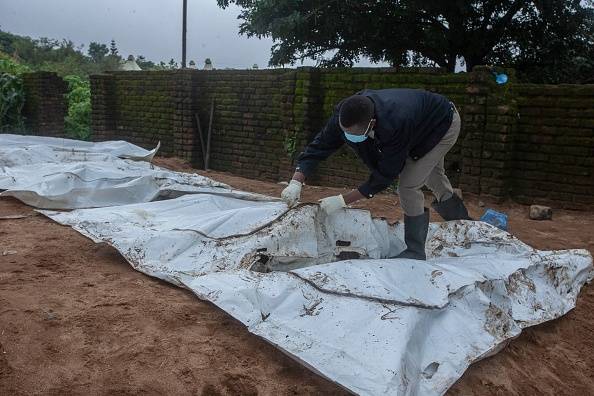Minister of cooperative governance and traditional affairs, Nkosazana Dlamini-Zuma says that the government is not currently looking to put forward any national regulations to govern the religious and cultural slaughter of animals in the country.
However, she said that the Cultural, Religious And Linguistic (CRL) Rights Commission, which addresses many of the aspects involved with the process, will be going to municipal councils with recommendations and proposals.
The religious and cultural slaughter of animals in South Africa, particularly in mixed-demographic residential areas, often draws complaints from members outside the communities who don’t subscribe to those religions or cultures.
However, the right to conduct such ceremonies is enshrined in and protected by the constitution. The specifics on how these ceremonies are to be practised, however, are currently governed by municipal council by-laws, which some lawmakers have argued are discriminatory.
Responding in a written parliamentary Q&A asking when national regulations for customary slaughter would be introduced, Dlamini-Zuma said that municipal by-laws were dealing with the matter adequately – at least for now.
“Based on the work of the (CRL) commission and its ongoing engagements with affected municipalities, we believe that it may not be necessary to promulgate national legislation at this stage,” she said.
How customary slaughter is handled in South Africa
In lieu of any national regulations controlling the ins and outs of ritual slaughter in South Africa, it is left to municipalities to establish the correct procedure in their by-laws.
While these may differ across metros, by-laws around slaughter are generally guided by the Meat Safety Act, 40 of 2000, which makes provision for the slaughter of animals for religious or own-consumption purposes, and goes into detail about the humane slaughtering of said animals.
Broadly, municipal guidelines for customary slaughter include:
- Animals may not be kept prior to slaughtering for a period in excess of 12 hours;
- The animal may not be stressed at any time prior to slaughter and must be handled in a humane manner;
- The animal must be slaughtered in an area where the slaughtering cannot be observed by any person on neighbouring premises or by any member of the public;
- The meat from the slaughtered carcass must be handled in a hygienic manner;
- The meat from the slaughtered carcass shall not be offered for sale.
In more populous areas, the council may require those who wish to slaughter an animal for these purposes to apply for a permit – sometimes weeks in advance.
According to Dlamini-Zuma, this is one aspect that the CRL Rights Commission says it will address.
“In the recent work done by the CRL Rights Commission on the review of by-laws that impact on the slaughtering of animals for cultural and religious purposes in the 8 Metropolitan Municipalities in the previous financial year, the Commission observed that the time period for application for the slaughtering of animals in some of the Metropolitan Municipalities needs to be revised to accommodate slaughtering for funerals.
“Similarly, the Commission found that in other municipalities, the by-laws need to be made more explicit when it comes to expectations regarding slaughtering in a residential area. As part of its intervention to assist, the Commission is arranging to meet with these municipalities to take these matters forward,” she said.
Dlamini-Zuma added that any communities that feel that they face discrimination when they want to slaughter for cultural purposes can liaise with the CRL for the necessary assistance.
Read: Lab-grown wildebeest on the menu in South Africa





















Discussion about this post